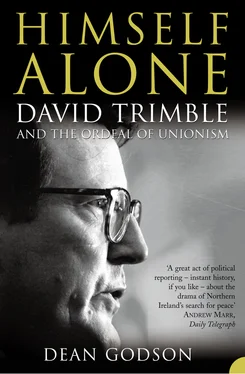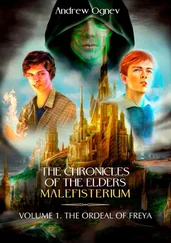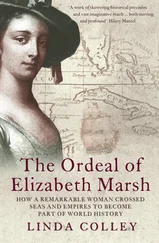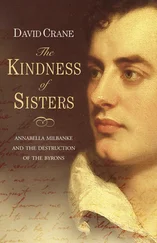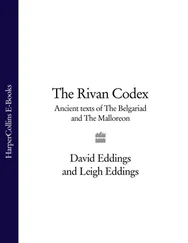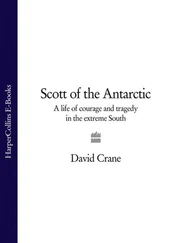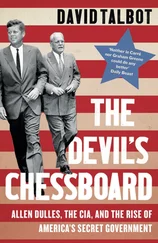Trimble may have been the only member of the Orange Order on the Law Faculty staff, but that did not preclude good relationships with those colleagues who most certainly did not share his views (others were, of course, unionists with a lower case ‘u’, in the sense that they believed in the maintenance of the constitutional status quo, but were not Loyalists in the way that Trimble was). Thus, he enjoyed a good, bantering relationship with Kevin Boyle, a left-wing Catholic from Newry. Indeed, when his first marriage was breaking up, Trimble would even turn to Boyle for advice. 26 Trimble’s best-known academic work, Northern Ireland Housing Law: The Public and Private Rented Sectors (SLS:1986), was written with Tom Hadden, a liberal Protestant, who also did not share his views. 27
Trimble and Hadden had also clashed at faculty meetings over the Fair Employment Agency’s attempt to review recruitment practices at Queen’s, when Trimble was one of the few with either the courage or the intellect to challenge the assumptions of that body. 28 Moreover, whereas Trimble was a ‘black letter lawyer’, Hadden was very much more in the jurisprudential tradition. But for the purposes of this project, their complementary skills worked very well. Trimble was teaching housing law in the context of his property courses – such as how to sue landlords – and Hadden was covering the same terrain in the context of social policy. Trimble wrote three chapters, including those dealing with planning issues relating to clearance and development and technical landlord-tenant matters in the private sector (Northern Ireland’s housing then differed from that of the rest of the United Kingdom in having a substantial rented sector). It was an authoritative consolidation of this amalgam of the old Stormont legislation with the Orders in Council which came in with the introduction of direct rule from Westminster in 1972; and it vindicated the expectations of the publishers, SLS (run from the Queen’s Law Faculty), that it would be of use to practitioners, and sold its entire print run. 29 So impartial was Trimble in the conduct of his duties that when eventually he did become involved in Ulster Vanguard, many of his colleagues were surprised: the first that David Moore knew of any political commitments on his part was when he saw Trimble on television during the 1973 Assembly elections. 30 Events soon ensured that it would not turn out to be an image that he would sustain for long.
‘I AM a product of the destruction of Stormont’, is David Trimble’s summation of his political genesis. On 24 March 1972, the British Prime Minister, Edward Heath, announced the prorogation of Northern Ireland’s Provincial Parliament and replaced it with direct rule from Westminster. The Troubles had already claimed 318 deaths, leading London to conclude that Ulster’s devolved system of government known by the shorthand of ‘Stormont’ was no longer the best way of kicking the issue of Northern Ireland ‘into touch’. Rather, as the Heath ministry saw it, Stormont was exacerbating the problem. 1 Many Unionists, including Trimble, believed that Heath had tyrannically altered the terms of the 1920 constitutional settlement – which they had imagined could only be done by agreement with Stormont. Since then, one of the consistent aims of Trimble’s political life has been to undo the effects of this traumatic episode, by regaining local control over the affairs of the Province. His argument with Unionist critics of the 1998 Belfast Agreement centres on whether he has paid too high a price to attain that objective.
Why was this imposing edifice of Portland limestone, named after its location deep inside Protestant east Belfast, invested with such significance? 2 Before the First World War, the Ulster Unionists had bitterly resisted devolved government to all of Ireland, otherwise known as ‘Home Rule’. They argued that it was little more than a halfway house to incorporation into an all-Ireland Republic, in which their liberties would endlessly be trampled upon by the island-wide Catholic majority. Led by Sir Edward Carson, they preferred to be governed like any other part of the United Kingdom from the Imperial Parliament at Westminster. But Lloyd George and the bulk of the British political class were not prepared to grant them this demand. 3 Westminster had been convulsed for at least a generation by the affairs of Ireland and the parliamentary elites now wished to hold them at arm’s length. If possible, they also wished ultimately to reconcile the 26 (predominantly Catholic) southern counties with the six (heavily Protestant) northern counties. A permanently divided Ireland, many of the ruling elite calculated, could only be a recipe for further conflict and embarrasment in Britain’s backyard – and a possible strategic threat in time of war. Equally, an attempt to coerce Ulster into a united Ireland would also cause fighting and embarrassment.
Lloyd George, therefore, gave the Ulster Unionists a stark choice. He conceded that the six northern counties neither would nor could be coerced into a united Ireland. Ulster could ‘opt-out’ and run their own unique, semi-detached institutions of government – that is, Home Rule. The Ulster Unionists, who had never wanted this anomalous arrangement, now reluctantly accepted it in the changed circumstances. Many in London had at first envisaged it as only a temporary expedient, leading to eventual re-unification. But over time, the Unionists became comfortable with this settlement – maybe too comfortable for their own good. ‘A Protestant Parliament and a Protestant state’ was governed from 1922 by the Ulster Unionist Party: the phrase was coined in a debate on 24 April 1934 by Carson’s successor, Sir James Craig, the first Prime Minister of Northern Ireland. It was made in response to de Valera’s remarks about the Catholic nature of its southern counterpart (it was in the same speech that Craig also used another memorable phrase, ‘I have always said I am an Orangeman first and a politician and member of this Parliament afterwards’). 4 Stormont thus came to be seen by the Ulster Unionists as their bulwark against a united Ireland. Or, more precisely, it was seen as a bulwark against potential British pressure to join such a state: the experiences of 1919 to 1921 had taught the Ulster Unionists that the liberties of this small group of British subjects could easily be sacrificed where broader British interests were deemed to be at stake. Ulster Unionists may have formed a majority in the six counties, but they were in a tiny minority in the United Kingdom as a whole. Stormont thus became the institutional expression of their wish to control their own destiny and the pace of change. Indeed, the famous Unionist slogan ‘Not an inch’ is an abbreviation of another of Sir James Craig’s pronouncements – ‘not an inch without the consent of the Parliament of Northern Ireland’.5
Despite the rocky beginnings of the Northern Ireland state, successive British Governments did pay for the post-1921 settlement because Lloyd George’s solution of ‘semi-detachment’ seemed to have worked. During Terence O’Neill’s modernisation programme in the mid-1960s, it even appeared that residual sectarian differences would be dramatically modified by the ‘white heat’ of new technology. While allegations of discrimination in housing and employment and gerrymandering of electoral boundaries were still raised from time to time by assorted British civil libertarians and Labour MPs with large Irish populations in their constituencies, the issue of Northern Ireland was never at the forefront of the public consciousness until the late 1960s. Even within Ulster itself, the future looked rosy: David Trimble first became interested in national and international politics precisely because he found the politics of the pre-Troubles Province to be so soporific. Unlike many of his Unionist peer group, such as Sir Reg Empey or David Burnside, he had neither joined the Young Unionists nor the Queen’s University Unionist Association. Indeed, some loyalist critics of the Belfast Agreement told me privately that Trimble’s apparent emergence from nowhere suggested that he was some kind of long-term plant of the British state inside the unionist community.
Читать дальше
